
Skin Cancer
Latest News
Latest Videos

CME Content
More News

Patients with early-stage melanoma who experience relapse following wide local excision face worse survival outcomes.

A teledermatology program in Georgia helped identify patients with skin lesions that warranted in-person follow-up with a physician.
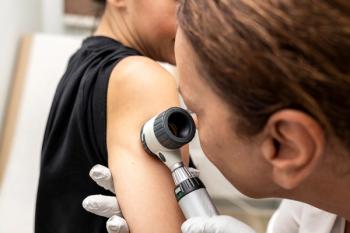
Cemiplimab improved disease-free survival in patients with high-risk cutaneous squamous cell carcinoma (CSCC) and performed well in patients with advanced CSCC in the real-world setting.

The FDA has granted approval to pembrolizumab for the treatment of adult patients with resectable, locally advanced HNSCC whose tumors express PD-L1 with a CPS of ≥1.

The findings are notable in part because therapies have already been approved to target C5aR1 in other diseases.

New global analysis calls for urgent, targeted interventions as aging populations face rising rates of skin cancer.
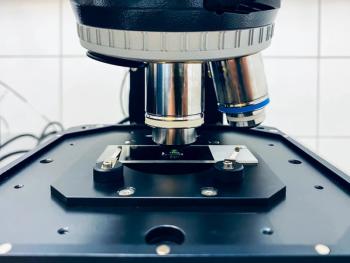
The tool could make it easier for clinicians to rule out melanoma without the need for excision.
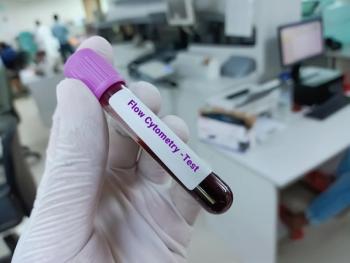
The study, which used flow cytometry rather than molecular biology to identify circulating tumor cells (CTCs), found a significant positive correlation between the number of CTCs and the stage of disease.

Across various classes, the researchers identified a model that, when coupled with appropriate data augmentation and optimization partner, may help aid in the detection of skin cancer.

Data come from patients with stage 3 melanoma enrolled in a phase 3 randomized trial and showed that detection of circulating tumor DNA (ctDNA) prior to adjuvant systemic therapy can predict risk of early recurrence.

Immediate local flap or skin graft following basal cell carcinoma (BCC) can be considered, a study found.

The risk of some skin cancers, including squamous cell carcinoma, basal cell carcinoma, and non-melanoma skin cancer, was particularly heightened among patients with severe mucous membrane pemphigoid.
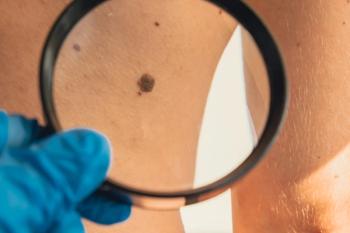
Recurrence-free survival rates were similar, even when patients quit adjuvant immunotherapy early, according to a new report.

Investigators highlighted Raman spectroscopy, a noninvasive diagnostic technology that could lead to faster, earlier detection of skin cancer.

After fine-tuning, the VGG16 convolutional neural network outperformed other deep learning models in 2 of 3 key classification tasks.

Researchers of a Swedish study advise physicians to consult with their patients about these risks and take extra precautions, but did not recommend discontinuation of any of the drugs studied.

Patients expressed concern that overreliance on artificial intelligence (AI) could lead to clinicians losing their skills, both medical and interpersonal.

The study could open the door to potential novel therapeutic targets.

Men with melanoma tend to be diagnosed later and have worse outcomes. Artificial intelligence can help change that, a review suggests.

A dermatology expert panel confirms image-guided superficial radiation therapy as a safe, effective first-line treatment for select nonmelanoma skin cancer cases.
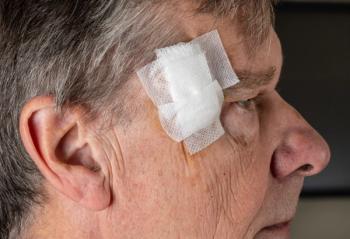
A single-center study suggests the surgery is safe and effective even when tumors are large or located in high-risk areas.

A topical treatment combining calcipotriol and 5-FU shows promise in reducing premalignant lesions and lowering skin cancer risk by activating Th2 immunity.

Cemiplimab significantly reduced the risk of recurrence or death in patients with high-risk cutaneous squamous cell carcinoma (CSCC) post-surgery.

However, metformin did not protect Black patients against squamous cell carcinoma specifically.

Latine individuals in the US face higher morbidity and mortality in skin cancer outcomes despite lower lifetime risk.





















































